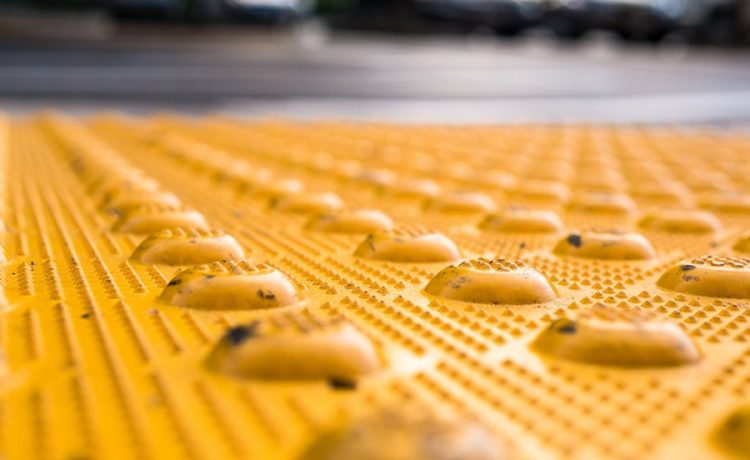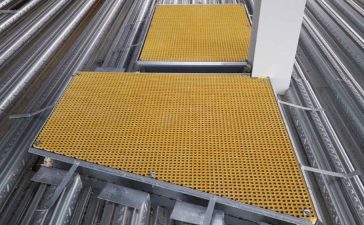When planning a public space, ensuring accessibility for all individuals, including those with visual impairments, is essential. Tactile paving, also known as detectable warning surfaces, plays a critical role in this endeavor. These textured ground surfaces provide essential cues to help visually impaired people navigate their surroundings safely. However, selecting the right tactile paving pattern requires thorough research. Here are three crucial factors to keep in mind before making your choice.
1. Purpose and Functionality
The primary consideration when choosing a tactile paving pattern is its purpose and functionality. Different patterns serve different purposes, such as warning of potential hazards, indicating safe walking paths, or alerting to changes in the environment.
Identify the specific needs of your space. For example, blister paving is commonly used at pedestrian crossings and platform edges to warn of a change in level. Corduroy paving, on the other hand, is often used to indicate hazardous areas such as stairs or ramps. By understanding the distinct functions of various tactile patterns, you can ensure that the chosen design meets the safety requirements of your environment.
Additionally, think about the flow of pedestrian traffic and how the tactile paving will interact with other elements in the space. Effective placement and pattern selection can significantly enhance navigability for visually impaired individuals, providing them with clear and consistent information. In high-traffic areas, the paving should be both noticeable and non-intrusive.
2. Material and Durability
The material of the tactile paving is another crucial aspect to consider. Durability is essential because these surfaces need to withstand significant foot traffic, weather conditions, and potentially heavy impacts without losing their effectiveness or becoming damaged.
Materials such as concrete, rubber, and metal each offer different advantages. Concrete is highly durable and suitable for outdoor use, withstanding harsh weather and high traffic. Rubber provides a softer surface and is often used in indoor settings or places where slip resistance is crucial. Metal, while less common, offers extreme durability and is suitable for areas with very high foot traffic or industrial environments.
Evaluate the specific conditions of the area where the tactile paving will be installed. For instance, if the location experiences extreme weather conditions, opt for a material that can endure those extremes without degrading. The longevity of the tactile paving not only ensures ongoing safety but also reduces the need for frequent replacements, which can be costly and disruptive.
3. Compliance with Standards and Regulations
Tactile paving must comply with local, national, and international accessibility standards and regulations. These guidelines ensure that the paving is effective and safe for visually impaired individuals.
Familiarize yourself with the relevant standards, such as the Americans with Disabilities Act (ADA) in the United States or the UK’s Department for Transport’s guidelines. These regulations often specify the dimensions, spacing, and color contrast required for tactile paving. Compliance ensures that your installation provides the necessary cues and warnings to those who rely on them.
Moreover, adhering to these standards can protect you from legal issues and enhance the reputation of your project by demonstrating a commitment to inclusivity and accessibility. Ensure that any product you select has been tested and certified to meet these standards. Consulting with accessibility experts can provide additional assurance that your tactile paving will meet all necessary requirements.
Final Word
Selecting the right tactile paving pattern is an art. Hopefully, these factors will ensure your tactile paving not only meets the needs of visually impaired individuals but also integrates seamlessly into your environment.













